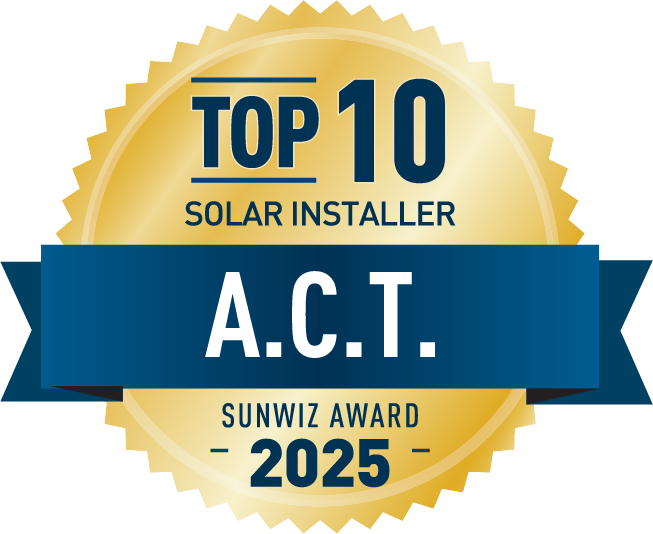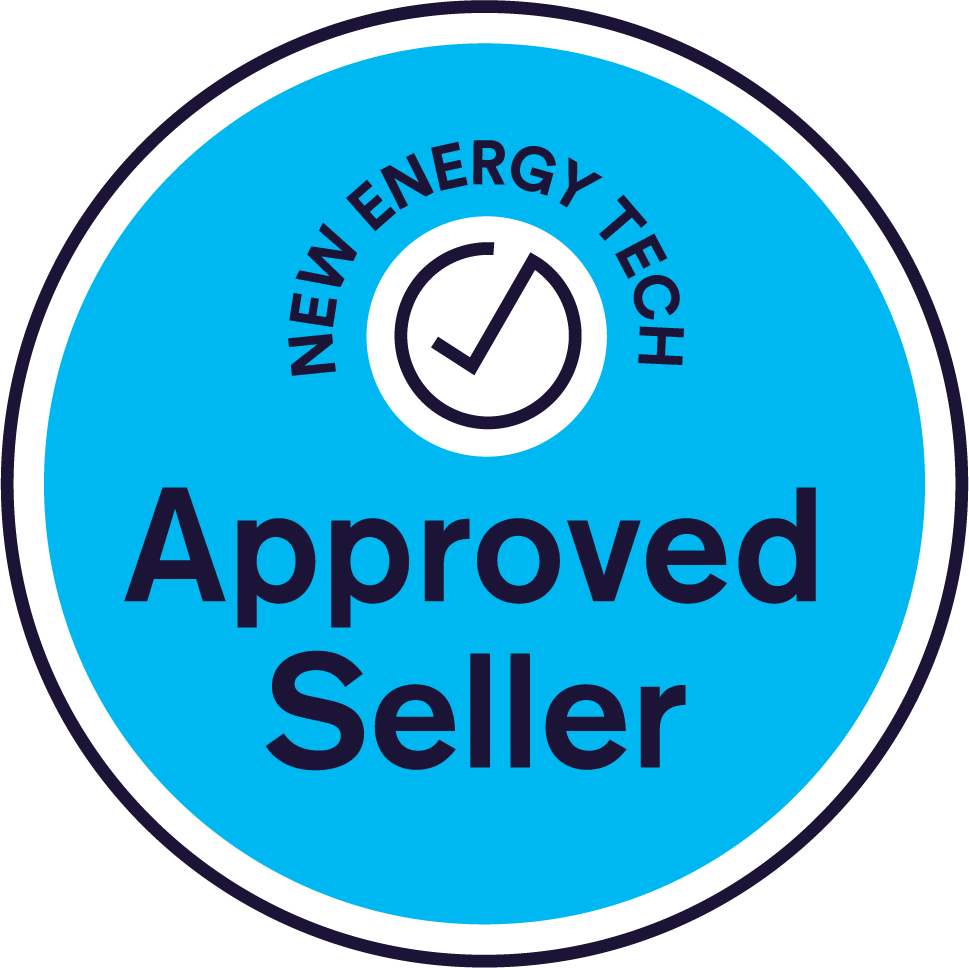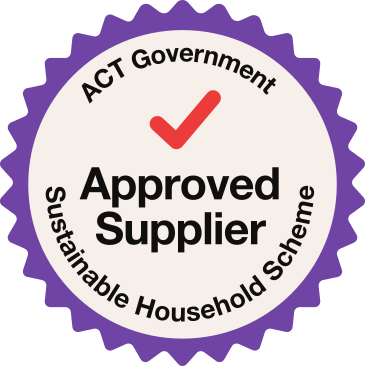NSW Solar Rebate 2025: A Complete Guide to Maximizing Savings
Introduction
Investing in solar energy has become increasingly attractive for New South Wales (NSW) residents, thanks to a variety of rebates and incentives designed to reduce installation costs and promote renewable energy adoption. As of 2025, these programs have evolved to offer substantial financial benefits, making solar power more accessible than ever. This comprehensive guide delves into the various NSW solar rebates available in 2025, providing detailed insights to help you maximize your savings.
Table of Contents
- Introduction to NSW Solar Rebates
- Small-scale Renewable Energy Scheme (SRES)
- Peak Demand Reduction Scheme (PDRS)
- Virtual Power Plant (VPP) Incentives
- Empowering Homes Program
- Solar for Apartments Residents (SoAR) Grant
- Local Council Rebates
- Feed-in Tariffs (FiTs)
- Eligibility Criteria for NSW Solar Rebates
- Application Process for Solar Rebates
- Financial Benefits of Installing Solar Panels
- Environmental Impact of Solar Adoption
- Choosing the Right Solar System Size
- Selecting a Certified Solar Installer
- Maximizing Savings with Battery Storage
- Understanding Virtual Power Plants (VPPs)
- Monitoring and Maintaining Your Solar System
- Common Misconceptions About Solar Rebates
- Frequently Asked Questions (FAQs)
- Conclusion and Call to Action
Introduction to NSW Solar Rebates
New South Wales has implemented a range of solar rebates and incentives to encourage the adoption of renewable energy sources. These programs aim to reduce greenhouse gas emissions, decrease energy costs for residents, and promote a sustainable future. In 2025, several key initiatives are available to NSW homeowners and businesses, each offering unique benefits.
Small-scale Renewable Energy Scheme (SRES)
The Small-scale Renewable Energy Scheme (SRES) is a federal initiative that provides financial incentives for the installation of renewable energy systems, including solar panels. Under this scheme, eligible systems can earn Small-scale Technology Certificates (STCs), which can be sold to offset installation costs. The number of STCs awarded depends on the system's size and location. For instance, a 6.6 kW solar system in NSW can receive approximately $2,500 in STC discounts, effectively reducing the upfront investment.
Peak Demand Reduction Scheme (PDRS)
Introduced to manage peak energy demand, the Peak Demand Reduction Scheme (PDRS) offers financial incentives for installing energy-efficient systems, including solar panels and batteries. The scheme aims to reduce strain on the electricity grid during peak periods by encouraging the adoption of technologies that lower grid dependence. Homeowners can receive additional rebates when they install systems designed to reduce energy consumption during these peak times.
Virtual Power Plant (VPP) Incentives
Virtual Power Plants (VPPs) connect multiple home or business batteries to form a unified energy source, releasing stored energy to the grid when needed. This system supports grid stability and promotes efficient use of renewable energy. Participants in VPPs can earn incentives for sharing stored energy, further offsetting installation costs. In 2025, NSW residents can receive between $250 to $400 for connecting their household or business battery to a VPP.
Empowering Homes Program
The Empowering Homes Program offers interest-free loans to eligible NSW residents for the installation of solar-battery systems. This initiative aims to reduce the upfront costs associated with renewable energy adoption. Homeowners can access loans of up to $14,000 for solar-battery systems or $9,000 for battery-only retrofits, making it easier to invest in sustainable energy solutions.
Solar for Apartments Residents (SoAR) Grant
Recognizing the unique challenges faced by apartment dwellers, the Solar for Apartments Residents (SoAR) Grant provides financial assistance for the installation of shared solar systems in apartment buildings. The program offers grants covering up to 50% of the installation cost or up to $150,000 per project, facilitating access to renewable energy for residents in multi-unit dwellings.
Local Council Rebates
Some local councils in NSW offer additional rebates to encourage solar and battery installations within their communities. For example, certain councils provide a 10% discount on installation costs for residents who choose to adopt renewable energy solutions. These local incentives can further reduce the financial barriers to going solar.
Feed-in Tariffs (FiTs)
Feed-in Tariffs (FiTs) reward homeowners for exporting surplus solar energy to the grid. While FiTs are determined by energy retailers and have decreased over the years, they still provide an opportunity to earn income from excess energy production. In 2025, FiT rates in NSW range between 4.9 to 6.3 cents per kWh, depending on the energy retailer. These rates can significantly reduce energy bills, especially for households that produce more electricity than they consume during daylight hours.
Eligibility Criteria for NSW Solar Rebates
To qualify for the NSW solar rebate programs in 2025, applicants must meet certain criteria:
- Be a NSW resident or business owner
- Own the property where the solar system is being installed
- Choose a Clean Energy Council (CEC) accredited solar installer
- Install a system that meets Australian standards and regulations
- Comply with individual program requirements (e.g., income limits for certain rebates)
Application Process for Solar Rebates
Applying for NSW solar rebates is a straightforward process:
- Research Available Rebates – Determine which rebates and incentives apply to your situation.
- Get Quotes from Accredited Installers – Obtain multiple quotes from CEC-approved solar providers.
- Apply for Rebates or Loans – Submit applications for eligible programs (e.g., SRES, PDRS, Empowering Homes Program).
- Install the Solar System – Proceed with installation by a certified provider.
- Claim STCs or Other Rebates – Ensure your installer applies your rebates at the time of purchase or submit necessary paperwork for post-installation claims.
Financial Benefits of Installing Solar Panels
Installing solar panels can lead to significant cost savings by reducing electricity bills and providing long-term financial benefits. Homeowners can save thousands of dollars over the lifetime of their system while also increasing property value.
Environmental Impact of Solar Adoption
Switching to solar energy reduces carbon emissions, contributing to a greener and more sustainable future. By utilizing renewable energy, households can significantly decrease reliance on fossil fuels.
Choosing the Right Solar System Size
Choosing the correct solar system size is crucial for maximizing savings and ensuring energy efficiency. The right system size depends on various factors, including household energy consumption, roof space, budget, and future energy needs.
Key Factors to Consider:
Energy Consumption: Analyze your past electricity bills to estimate your daily energy usage.
Roof Space: Ensure your roof has adequate space and receives sufficient sunlight for optimal panel placement.
Battery Storage Plans: If you plan to add a battery, you may want a larger system to generate excess power for storage.
Future Energy Needs: Consider potential changes like electric vehicle (EV) charging or additional household appliances.
A common system size for an average household is between 5kW and 10kW, providing a good balance between affordability and energy production.
Selecting a Certified Solar Installer
Choosing a reputable and certified solar installer is essential for a smooth installation process and long-term performance.
How to Find the Right Installer:
Look for CEC Accreditation: Ensure the installer is accredited by the Clean Energy Council (CEC) for compliance with Australian standards.
Check Reviews and References: Research customer reviews and ask for case studies from previous clients.
Compare Quotes: Obtain multiple quotes to assess pricing, warranty, and included services.
Verify Product Quality: Ensure that the solar panels and inverters come from reputable manufacturers with solid warranties.
Working with a certified installer ensures system reliability, compliance with rebate requirements, and eligibility for warranties.
Maximizing Savings with Battery Storage
Adding a solar battery to your system allows you to store excess energy for later use, reducing reliance on the grid and increasing financial savings.
Benefits of Battery Storage:
Energy Independence: Store excess energy during the day and use it at night.
Reduced Electricity Bills: Minimize grid electricity usage and save on peak-rate charges.
Backup Power: Some battery systems offer backup power during outages.
VPP Participation: Earn incentives by connecting your battery to a Virtual Power Plant (VPP).
Popular battery options include the Tesla Powerwall, LG Chem, and Sonnen, with varying capacities to suit different household needs.
Understanding Virtual Power Plants (VPPs)
A Virtual Power Plant (VPP) is a network of connected solar battery systems that collectively supply energy to the grid when needed. Homeowners who join a VPP can receive financial incentives and additional savings.
How VPPs Work:
Energy Storage: Your battery stores excess solar energy.
Grid Contribution: The VPP program accesses stored energy during peak demand periods.
Incentives and Savings: Participants receive credits or financial incentives for their contributions.
Many energy retailers in NSW offer VPP programs, allowing homeowners to reduce energy costs and support grid stability.
Monitoring and Maintaining Your Solar System
Regular maintenance and monitoring of your solar system are essential for maximizing efficiency and longevity.
Key Maintenance Tips:
Clean Panels Regularly: Dust and debris can reduce efficiency—clean panels every 6-12 months.
Monitor Energy Production: Use system monitoring tools to track performance and detect issues.
Inspect for Damage: Check for cracks, loose wiring, or shading from new obstructions.
Schedule Professional Servicing: Have your system inspected by a certified technician every 1-2 years.
Proactive maintenance ensures your solar system continues to perform optimally and delivers maximum financial benefits.
Common Misconceptions About Solar Rebates
There are several myths and misconceptions about solar rebates that may confuse potential buyers. Here are some of the most common ones:
Myth #1: Solar Rebates Cover the Entire Cost
Reality: While rebates significantly reduce costs, they do not cover the full price of a system. Homeowners must still invest in installation and equipment.
Myth #2: Only Homeowners Can Apply for Rebates
Reality: Some rebate programs, such as the Solar for Apartments Residents (SoAR) Grant, also assist apartment dwellers.
Myth #3: Rebates Will Disappear Soon
Reality: While the value of incentives may decline over time, NSW solar rebates remain available in 2025 to encourage renewable energy adoption.
Frequently Asked Questions (FAQs)
1. How much can I save with NSW solar rebates in 2025?
Savings vary depending on system size and eligibility. Homeowners can receive up to $2,500 in STC discounts, along with additional incentives from local councils and VPP programs.
2. Can I combine multiple solar rebates?
Yes, you can stack multiple incentives such as the SRES, Empowering Homes Program, and VPP participation to maximize savings.
3. What happens if I move after installing solar panels?
If you sell your home, the solar system remains, potentially increasing the property’s value and attractiveness to buyers.
4. How do I apply for the NSW solar rebate?
The application process involves choosing an accredited installer, obtaining quotes, applying for available rebates, and completing the installation process. Your installer will often assist with paperwork.
5. Is battery storage necessary for solar rebates?
Battery storage is not mandatory but can enhance savings and energy security. Some programs, such as the Empowering Homes Program, specifically support battery adoption.
Conclusion and Call to Action
NSW solar rebates in 2025 offer substantial savings for homeowners and businesses looking to switch to renewable energy. With programs like the SRES, PDRS, and Empowering Homes Program, residents can significantly reduce upfront costs and long-term energy expenses. If you’re considering going solar, now is the perfect time to take advantage of these incentives. Get a quote from an accredited installer today and start your journey toward energy independence!
Have more questions? Feel free to leave a comment below or contact us to learn more about NSW solar rebates in 2025.



